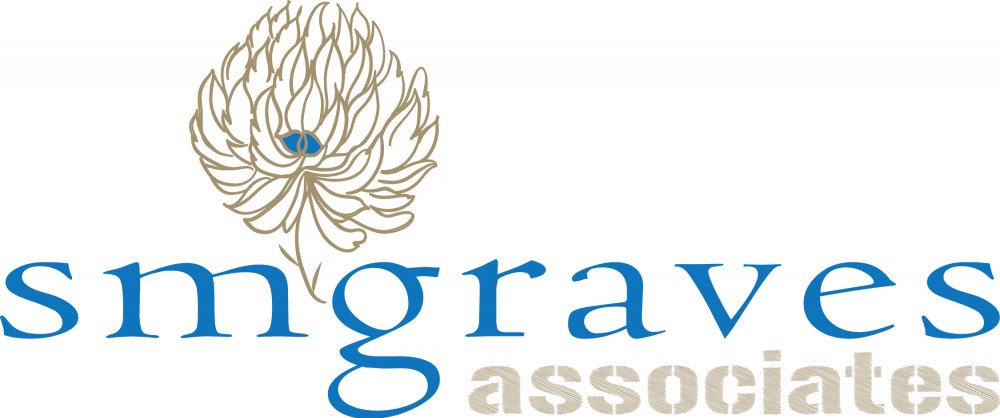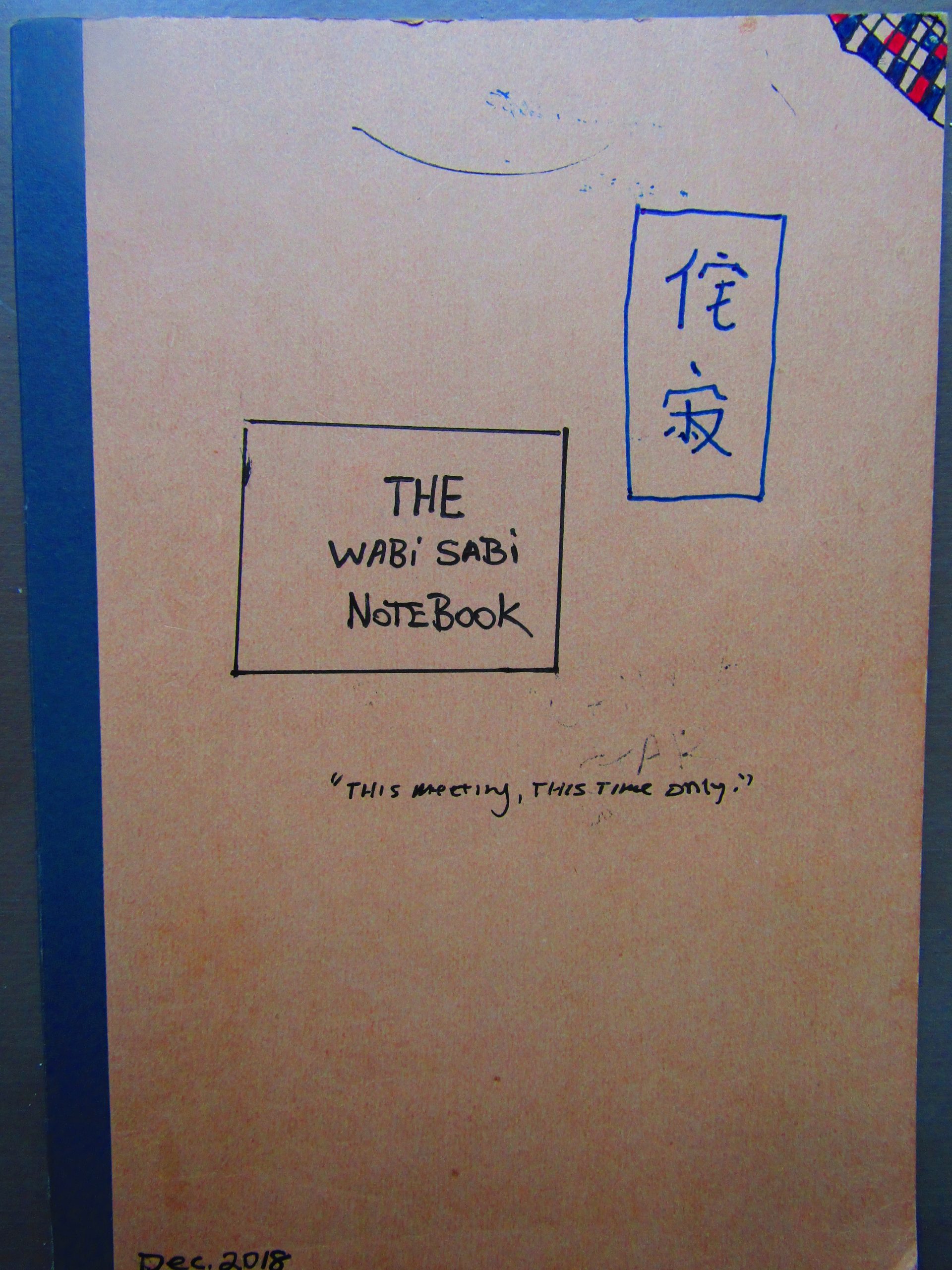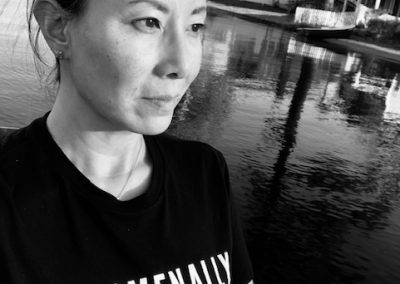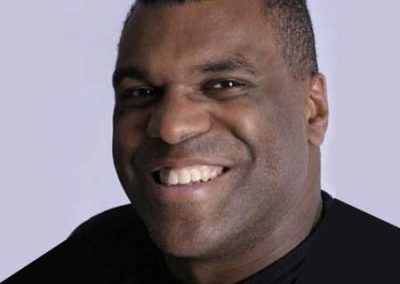Wabi Sabi Notebook I
used with permission from the artist.

Joshua Michael Stewart is a poet and musician who has had poems published in the Massachusetts Review, Salamander, Plainsongs, Brilliant Corners, and many others.
His books are, Break Every String, (Hedgerow Books, 2016) and, The Bastard Children of Dharma Bums, (Human Error Publishing, 2020).
His albums, Three Meditations, and Ghost in the Room, can be found on Apple Music, Spotify, Amazon, and many other platforms. Visit his web site at www.joshuamichaelstewart.com, or better yet, interact with him at www.facebook.com/joshua.m.stewart.526/.
For this column Joshua will explore poetry, music, and Buddhism, and how they all intersect with each other. He will delve into assorted poetic forms and he will specifically highlight contemporary poets from the New England area, and the poets associated with classical Japanese and Chinese poetry.
THE WABI-SABI NOTEBOOK (PART ONE)
Last week, while sharing some twelve-year-old scotch, my father asked how I became interested in Buddhism. I’ve been reading up on Buddhism for over ten years and couldn’t remember the origin of this wandering path, but after a moment, I remembered that this journey, like almost all other journeys in my life, this journey began in one of two ways: through music or poetry, and this one began with the latter.
I wanted to learn the craft of haiku, and I began to read, How to Haiku by Bruce Ross. Ross wrote of this way of seeing the world known as Wabi-Sabi that deeply influenced Basho’s work. As you know (or should know) when it comes to haiku, Basho is the shitz. So, whatever influenced him, I wanted to learn more about to write better haiku. However, as I explored wabi-sabi I connected with it on a spiritual level. It is one of those things where it came to me at the right time. If I read about it a year before or after, I may not have been so affected by it. I was spiritually hungry, and I knew long ago that other, more common organized religions did not feed me.
Wikipedia describes wabi-sabi as a “Japanese aesthetic that is centered on the acceptance of transience and imperfection.” That it “derives from the Buddhist teaching of the three marks of existence: impermanence, suffering, and absence of self-nature.”
I read other books such as Wabi-Sabi The Japanese Art of Impermanence by Andrew Juniper, and, Wabi-Sabi for Artists, Designers, Poets & Philosophers by Leonard Koren. This led to books on Buddhism and others focused on mindfulness and meditation.
Starting in 2018 I began keeping a notebook dedicated to wabi-sabi and other related subjects. I would like to share the contents of this notebook with you in several installments. I’m hoping that whether you’re a poet, visual artist, musician, or someone who wishes to see the world in a new way, can take the elements of this notebook and apply them to your own life. However, you mustn’t think of these installments as essays, but as what they are: notes in a notebook. When I created the notebook, I never intended to share it with others or publish it in any way, so I didn’t concern myself with too many footnotes or bibliography of any kind. I quoted authors and occasionally mentioned the titles of books when I copied passages, but not always. I’ve slowly collected these notes over three years and where I can add additional references I will, but I can’t possibly remember where every single tidbit originated from. At the end of each section, I will create links to the books I can mention.
THE WABI-SABI NOTEBOOK
“Man is a creature who spends his entire life trying to convince himself that his existence is not absurd.” –Albert Camus
“There is nothing to achieve. There’s only letting go.” –Ayya Khema
WABI-SABI: a sensation of yearning for something that defies articulation–a sense of peace brought by reaffirmation of our impermanence.
IMPERMANENCE: nothing lasts forever, no one lives forever. We are only here for a short time.
IMPERFECTION: nothing is perfect. Everything has flaws and it’s the flaws that make beauty.
INCOMPLETENESS: everything is in flux–either developing out of nothing or back into nothing. Nothing stays the same, everything changes.
WU-WEI: not forcing
In order for me to write wabi-sabi I must be wabi-sabi. Once I am living the wabi-sabi way, once it is part of my daily life then it will naturally flow in my writing and in every other aspect of my life.
I cannot force myself into wabi-sabi. The way into wabi-sabi is through wu-wei. It needs to come slow, unforced.
I cannot become wabi-sabi until I humble myself. I must work on my humility. I can no longer see my Art as an end game. I cannot focus on my success. It needs to be about the creating, about the process. The idea of my worth as a human being is determined by whether I’m a famous artist or not must end.
Focus on the thing and not on any idea. Keep metaphor to a minimum.
Rid the ego–let go of self-importance. If the “I” doesn’t need to be there get rid of it. Write with a small i or imply the “I” like Basho.
Keep it simple–a single flower in a cracked pot is more wabi-sabi then a field of flowers.
No sentimentality, no superfluous adjectives.
Remember that every being is connected.
Wabi-sabi art is about nature and “framing” that nature in order to bring out the feeling of melancholy longing.
Less is more–let the beauty of the object be enough. It is more about what the artist leaves out rather than what they put in.
Always show deep respect and humility toward all life.
HOW I WISH TO APPROACH ART:
“A Japanese carpenter for instance will treat his tools and the materials he uses with an intense reverence. His function is to try his best to bring out the wood’s inner beauty in a harmonious way. When his work is done he will not be seeking praise or gratitude for the work, for he has satisfaction that he has done the best he could do. This sense of modesty is the lifeblood of wabi-sabi and saves the work of artists from being tainted by the pretensions or ambitions of the artist.” –Andrew Juniper
Seishin Toitsu–concentration of the mind and spirit on just one activity where the artist is able to lose the dominance of ego and become one with the activity. (mindfulness). This type of concentration can turn any task into art.
Always be mindful when working on your art, always be mindful, always be.
The erasing of the importance of self is seen as key to producing art that is not tarnished with hues of self-indulgence or self-promotion.
We see seeing–it’s all about perceptions.
Become unattached to worldly goods, do not be weighed down by possessions. The only way to free yourself from the desire of want, is by ceasing to need more than is required. That way only taking what you truly need frees you from the desire to want more.
Each poem is the only poem. Each moment is the only moment.
There should always be an attempt to end a poem in action.
“Pare down to the essence, but don’t remove the poetry.”
DESIGN ELEMENTS IN WABI-SABI ART:
- Asymmetry
- Form comes from the physical properties of the material used.
- Artlessness not artistry
- Pieces evolves in a natural, unforced way (wu-wei)
- No symbolism
- Beauty lies within the flaws
- Simplicity, no embellishments or ostentation.
- Use space, the space between the notes. Think Miles Davis.
“Wabi-sabi images force us to confront our own mortality, and they evoke an existential loneliness and tender sadness. They also stir a mingled bittersweet comfort, since we know all existence shares the same fate.” –Leonard Koren
Get rid of all that is unnecessary. Tread lightly on the planet and appreciate whatever is encountered, no matter how trifling.
Wabi-sabi tells us to stop our preoccupation with success (wealth, etc.) and enjoy the unencumbered life.
Places wabi-sabi are small, secluded. They have a minimum of square footing, low ceilings, small windows and few entrances, and subdued lighting. They are tranquil and calming, enveloping and womb-like. They are nowhere, anywhere, and everywhere.
Wabi-sabi is a beauty on the edge of defeat.
Is the natural world beautiful?
Yes, but what a pity to say so.
“You must be diligent to develop an intuition for wabi-sabi–to reach a place in your life where wabi-sabi so mindfully integrated into your value system that you will write from the comfort with things as they are, a time when wabi-sabi is so woven so completely into your life that you no longer have to think about it because you are embodying it. Wabi-sabi is a way of living.” –Richard Powell
THE ELEMENTS OF WABI-SABI IN WRITING
- Nature, including human nature
- Clear description
- Realism, minimal uses of metaphor
- Deep sense of connection, everything is one.
- Feeling of authenticity
- “Aha” moments
- Wonder
- Texture
- Economy of expression
- Carefully tempered erudition
- Melancholy mood & tone
- Stoic optimism
- Writers must wander
- Insight comes in flashes, when the writer is doing something else. Have a goal but be ready to drop the goal to attend the insight.
- Be mindful when traveling, always be where you are.
- It’s always best to travel with a friend
- Travel slow
- Always take notes, write as much as possible.
- Always look for haiku moments, but don’t force them.
- Be descriptive, write everything down even if you don’t have the right words or phrases at the time.
- Take pictures. Wabi sabi shots
- Comb through your notes–look for common threads. If you record images, thoughts and feelings, there will be patterns you can cultivate from to write something about where you’ve been.
Furyu: In the way of wind and stream. A way of life. Art that reflects the fleeting beauty of life.
Suki: The devotion to an art.
Yogen: The deep mystery of things–what causes “haiku moments.”
Kensho: glimpsing the illusory nature of the separate self
Satori: seeing the nature of all things
If you hurry wabi-sabi it withers, if you manipulate it, it feels contrived. If you force it, it looks cheap. Your writing should grow like a living thing–out of the soil of your life. A wabi-sabi writer reminds the reader of a beauty that they’ve forgotten.
I must go where wabi-sabi is. I need to wait for it to show itself. I need to put on my coat and walk out into the storm. Look for beauty everywhere, especially in the most unlikely places.
“Each Person’s life is a journey and the journey itself is home.” –Basho
Aware (ah-wah-ray): leads to sorrow, a sensitivity to things.
One must progress to acceptance and appreciation–a courageous acceptance of life–a willingness to live with memories and feelings without being driven by them. (R. Powell)
Sabi expresses an unwillingness to give up.
WHEN SITTING DOWN TO WRITE THINK OF THIS:
How do I remain open to the realities of life and death and lead my readers to wabi-sabi instead of despair?
-must see things as they are
-must practice non-attachment
Wabi-sabi finds beauty in the old, useless, and unnoticed.
As a wabi-sabi writer it is my job to help readers see the value of things they have not thought to value, see a different perspective on common objects.
The world of winners and losers festers imitation.
BE A YAK!!! Be a nonparticipant, sit on the sidelines of society.
The desire to win or obtain something is unhelpful because enlightenment is not a thing; it is a realization without form. The desire to win or succeed drives a person’s attention. Live a heroic life–continue creating art even when the rewards seem far away.
*****
Much of this first installment comes from the books I linked to in the beginning of this article. Other books mentioned are: Being Nobody, Going Nowhere by Ayya Khema, Wabi-Sabi by Beth Kempton, and Wabi-Sabi for Writers by Richard Powell.
Also from M the Media Project
Podcasts
News Features
Video Channels
Mental Suppository Podcast
On the Rocks Politica
SMG’s ‘Are We Here Yet’?

Interested in advertising with us? Perhaps you want a unique way to support the economic development work we accomplish while getting access to our intelligent and informed listeners? Join our roster of supporters. Click that button below to find out more.









